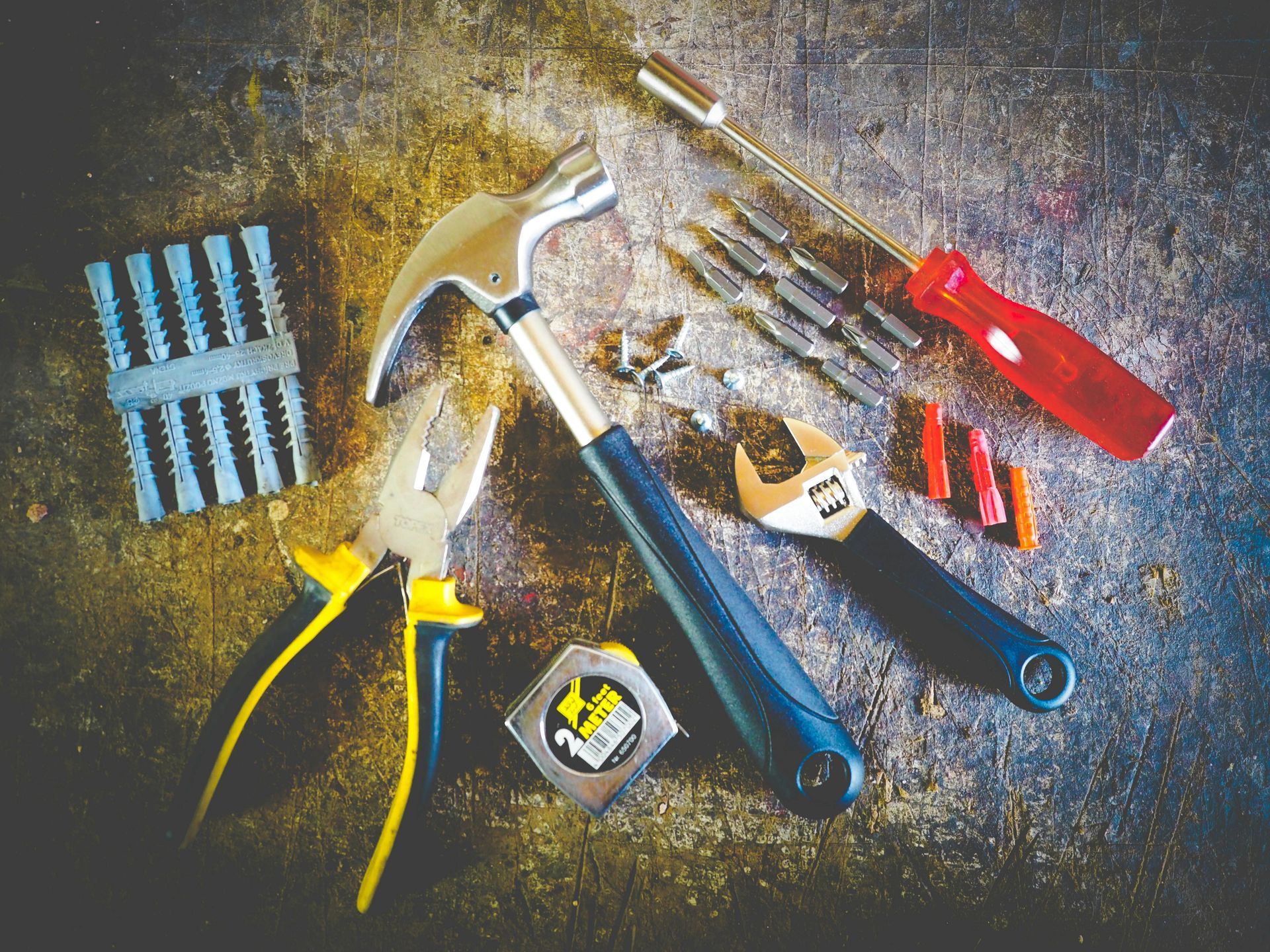By Caleb Childress
•
August 14, 2025
The Grief Toolbox – Practical Strategies People Swear By in Hard Times Grief changes everything. It can rearrange your days, shift your relationships, and even alter how you see yourself. One moment you may feel functional, and the next you’re suddenly swept under by a wave you didn’t see coming. In those unpredictable moments, having a “grief toolbox” can be a lifeline — a collection of personal strategies, rituals, and supports that you can reach for when the weight feels unmanageable. Think of it like keeping bandages, a flashlight, and a compass for your emotional well-being. A grief toolbox doesn’t erase the pain, but it gives you ways to carry it with a little more steadiness. Below are some of the most common — and effective — “tools” people swear by when navigating life after loss. 1. Journaling Your Way Through the Storm When emotions feel like they’re swirling without direction, writing can give them shape. Many people find that journaling is like having a private, judgment-free listener. Some keep a daily reflection journal , where they record moments of both pain and gratitude. Others write letters to the person they lost , saying things they didn’t get the chance to say in life. And some use bullet points — a quick “emotional weather report” that tracks patterns over weeks and months. Tool Tip: Keep a notebook and pen nearby so you can write the moment something comes to mind, no matter where you are. 2. Creating Routines for Remembrance Grief often responds well to structure. routines give loss a place to go. It can be as simple as lighting a candle at sunset, listening to your loved one’s favorite song on the first day of each month, or cooking their favorite recipe on special dates. These small acts don’t just keep their memory alive — they create moments where grief is invited rather than barging in unexpectedly. Tool Tip: Don’t overcomplicate it. The meaning comes from repetition and intention, not from how elaborate your routine is. 3. Movement as Medicine Grief isn’t just emotional — it’s physical. It can bring tightness in your chest, fatigue, headaches, and restless energy. That’s why movement is such a powerful tool. For some, it’s long walks in nature , letting the rhythm of footsteps quiet the mind. For others, it’s yoga, dance, swimming, or even gardening. Moving the body can help move the grief, even if just a little. Tool Tip: Try pairing your movement with something soothing — a podcast, gentle music, or silence — depending on what you need that day. 4. Leaning on “Grief Allies” Not everyone in your life will be able to meet you in your grief. Some people may avoid the topic, while others try to rush you into “moving on.” That’s why it’s important to identify your grief allies — the people who show up, listen without judgment, and understand that your healing isn’t on a timeline. This could be a trusted friend, a family member, a therapist, or an online grief community where you can share openly with people who get it. Tool Tip: Tell your grief allies exactly how they can help — whether that’s sitting with you in silence, checking in with a text, or helping you with daily tasks. 5. Creative Outlets for Expression Creativity has a way of making pain visible — and once it’s visible, you can work with it. Art, music, poetry, photography, cooking, and gardening can all become outlets for processing emotions. Many people turn these creative acts into living memorials — a garden planted in a loved one’s honor, a quilt made from their old clothes, or a song written in their memory. Tool Tip: Choose an outlet that feels enjoyable rather than one you feel pressured to be “good” at. This is about expression, not perfection. 6. A Comfort Corner Sometimes you need a physical place that feels safe. A “comfort corner” can be a chair, a blanket, a candle, and a box of photos — a small space you retreat to when grief feels overwhelming. It’s not about escaping the pain, but creating an environment where you can feel it without distraction or judgment. Tool Tip: Keep it stocked with things that soothe you — whether that’s tea, music, or a favorite sweater. 7. Anchoring with Small Goals In the thick of grief, even everyday tasks can feel monumental. Having small, achievable goals can restore a sense of control. It could be as simple as “wash the dishes,” “walk for 10 minutes,” or “text one friend today.” Checking off these small wins can slowly rebuild your capacity to engage with life. Tool Tip: Write your goals down where you can see them. Tangible reminders make them easier to follow through on. 8. Practicing Gentle Self-Talk The way you speak to yourself matters. Many people unknowingly make grief harder by adding guilt, shame, or pressure to “get over it.” Instead, treat yourself like you would a close friend. Replace “I should be past this by now” with “I’m doing the best I can today.” Over time, this gentleness becomes part of your resilience. Tool Tip: If kind words feel unnatural at first, write them down and read them out loud daily. Building Your Own Toolbox Your grief toolbox is deeply personal. Some tools will serve you for years; others will be temporary. You may swap them out as your needs change. The most important thing is this: grief doesn’t mean you are powerless. Having strategies ready — even simple ones — means you have a way to steady yourself when the waves hit hard. Grief may never fully leave you, but with the right tools, you can carry it with greater strength, honoring both your pain and your love.











